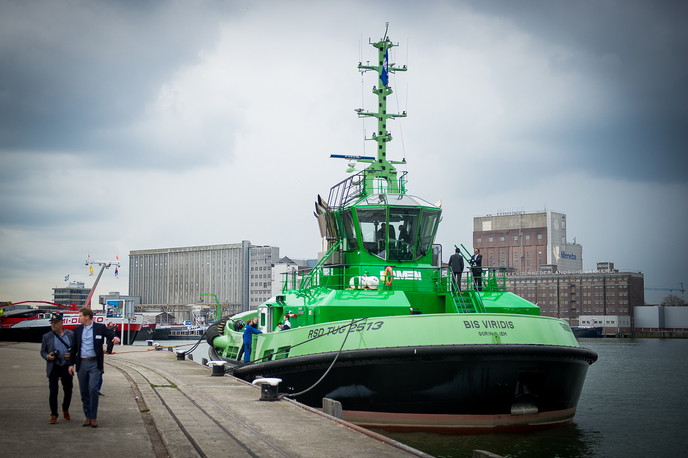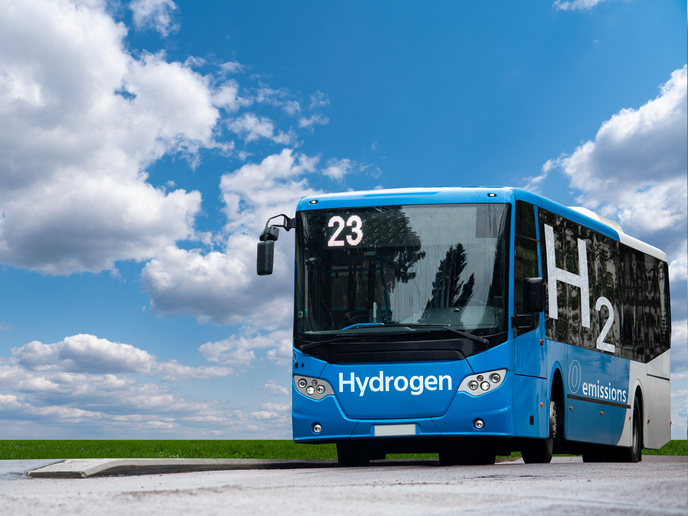Building the energy-efficient, low-emission ships of tomorrow
With 90 % of all world trade happening via shipping, there is an increasing need to lower the level of emissions created by the world’s fleet. One way of making both new and existing vessels more efficient and less polluting is to develop solutions that are near market ready. Bringing together suppliers, ship designers and builders, research institutes, and the end users operating the vessels, the EU-funded LeanShips (Low Energy And Near to zero emissions Ships) project has successfully advanced a range of low-emission, energy-efficient technologies from research projects to real, market-ready innovations. “In LeanShips, we had the possibility of bringing past research results to market and really demonstrating the viability of the technologies,” says Pieter Huyskens, project coordinator and manager of research and development at Damen Shipyards Group(opens in new window), the project’s lead partner. “Most importantly, we showed how these technologies can reduce the shipping industry’s environmental footprint and, ultimately, create better ships and a better world.”
Demonstrating market readiness
Through seven demonstrators(opens in new window), LeanShips researchers showcased how the technologies and ideas developed in previous research projects such as BESST(opens in new window), JOULES(opens in new window) and GRIP could be applied to actual user needs. “It is cool to see how each of these demonstrators builds on experience from former collaborative projects, each being enriched with new partners that bring new areas of expertise to the table,” explains Huyskens. The idea behind the project’s demonstrators was to provide the link between the green technology developed in prior projects and large-scale market uptake. “Each of the LeanShips demonstrators aimed at proving the technology’s reliability, its effectiveness at achieving energy and emission goals, and the economic gains achieved from adopting such technologies,” says Huyskens. The demonstrators included, among others, using methanol as an alternative fuel, expanding the use of energy-saving devices to ships with a controllable pitch propeller, and taking a holistic approach to reducing the emissions of passenger ships. One of particular interest involved the design of a powerful, versatile and energy-efficient tugboat. Thanks to a new hull shape, the boat benefits from more high-speed manoeuvrability – an essential capability when working in Europe’s increasingly overcrowded ports. “With bigger vessels entering our ports, tugboats must have more power and be able to manoeuvre in less space,” says Robert van Koperen, mechanical engineer at Damen Shipyards Gorinchem. “This new hull shape enables us to better meet the demands of today’s ports.”
Challenges and achievements
It wasn’t all smooth sailing for project researchers. With many of the demonstrators being very close to market, they were highly vulnerable to market fluctuations. For example, when the oil and gas crisis hit mid-project, which had a significant impact on the business case for using natural gas as a marine fuel, researchers had to adjust accordingly. That being said, Huyskens is extremely proud of what the project was able to accomplish: “Thanks to our diverse, multi-disciplined consortium, we were able to prove the potential of a range of innovative, green technologies. In doing so, we also showcased what Europe can do when we work together.”







